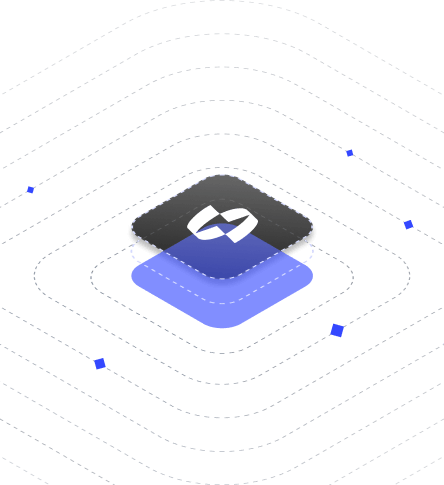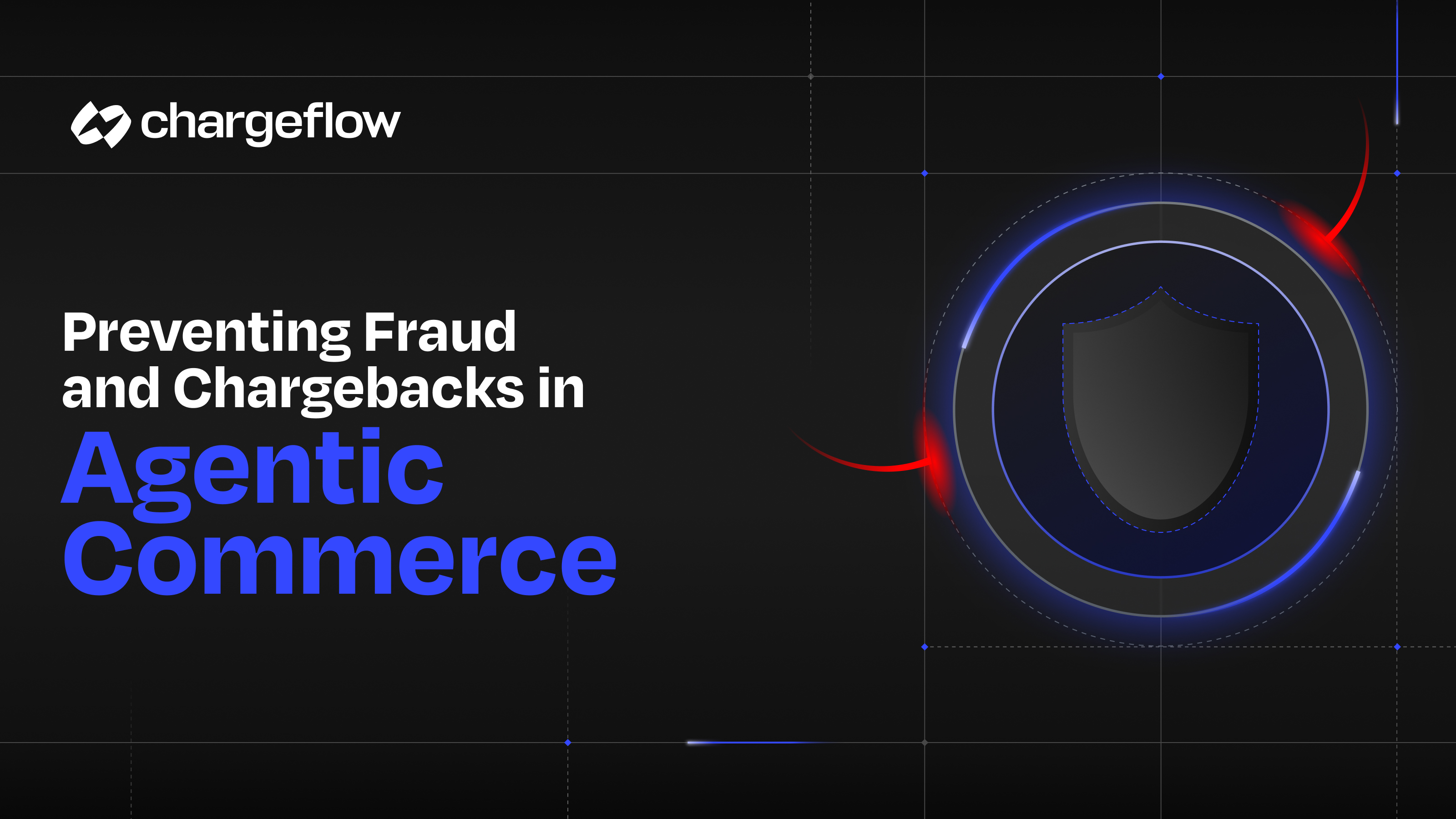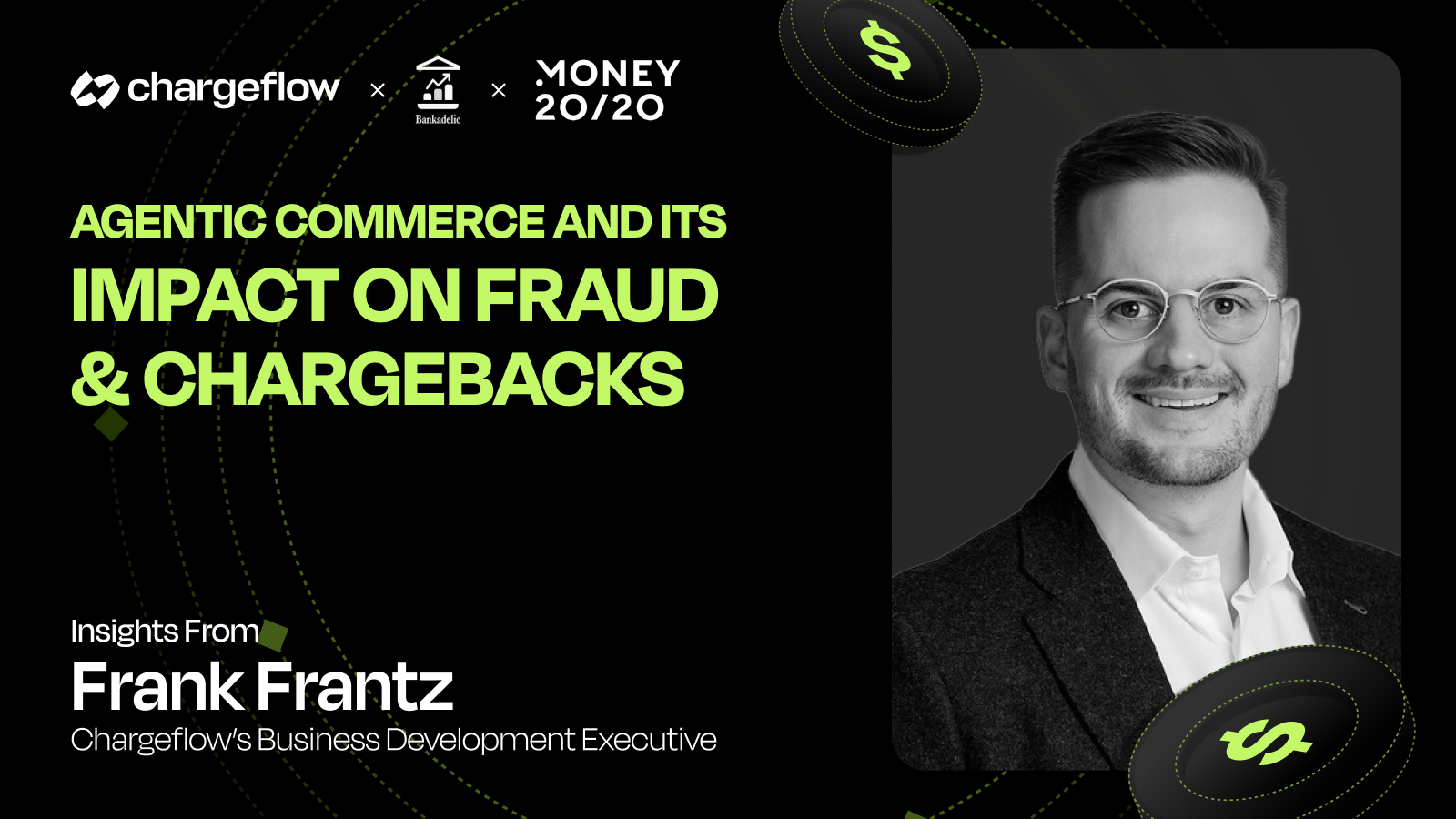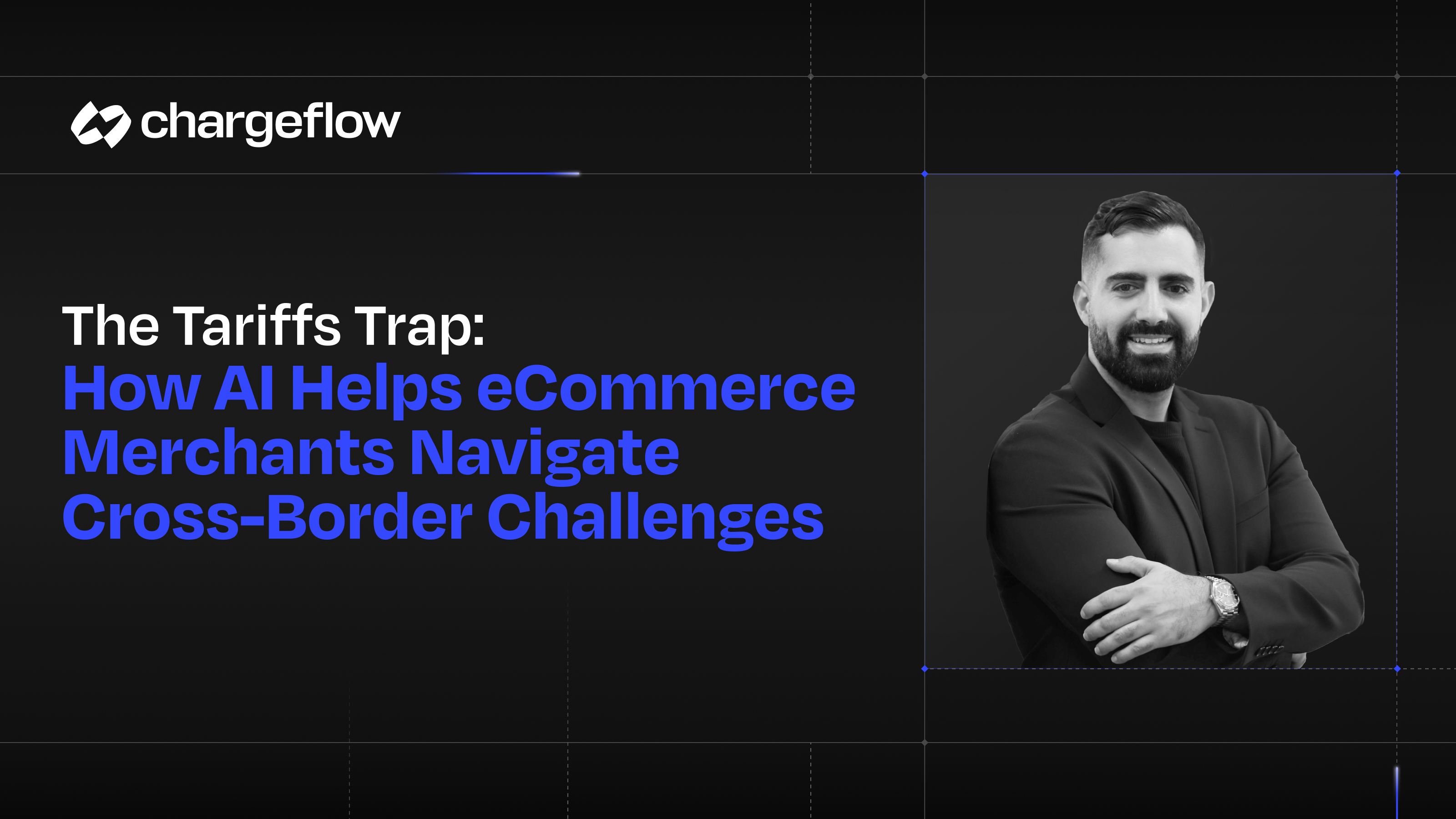Why You Need an AI-Powered Chargeback Prevention for Black Friday/Cyber Monday

Chargebacks?
No longer your problem.
Recover 4x more chargebacks and prevent up to 90% of incoming ones, powered by AI and a global network of 15,000 merchants.
Black Friday is eCommerce's Super Bowl. And its prominent fraud battlefield. While most merchants scramble to prevent chargebacks, the top performers build systematic defenses that protect every transaction touchpoint. Here's their playbook.
Most merchants obsess over conversion rates during Black Friday/Cyber Monday (BFCM). They should be obsessing over what happens in February.
That's when the chargeback avalanche begins. Three months after your biggest sales weekend, dispute notification starts dropping in your email daily. We've done the math. Each fraudulent $200 order doesn't just cost you $200. It costs 2-3x more in fees, lost merchandise, and operational headaches!
Fraudsters understand BFCM better than most retailers. They know precisely when security teams are stretched thin and when the pressure to approve transactions overrides caution. While you're celebrating record sales, they're exploiting the chaos.
The merchants who understand this before November aren't just protecting revenue. They're gaining a competitive advantage while others wonder why their January profits disappeared.
Why Black Friday Creates the Perfect Chargeback Storm
BFCM doesn't only push your servers to the limit. They expose every weakness in your dispute prevention strategy. Here's how:
1) Volume Overwhelms Systems
Transaction spikes of 300-500% subjugate fraud teams. Processing 50 orders a minute instead of 5 means 3x more mistakes. They approve risky transactions to keep up, letting fraud slip through. Those errors become chargebacks later.
Location-based fraud signals often break down. A Kansas buyer using a Florida IP for holiday shopping might appear to be an account takeover. If flagged incorrectly, legitimate customers will be frustrated or abandon the merchant, leading to lost sales and increased merchant costs. If missed, fraudsters rack up chargebacks. Either way, your losses pile up.
2) Customer Behavior Fuels Disputes
BFCM's urgency-driven marketing creates a chargeback storm. "Flash sales" and "limited quantities" lead many customers into rushed decisions they'll regret within 48-72 hours. Rather than navigate return policies, most shoppers take the path of least resistance: disputing charges as "unauthorized" or "not as described."
Multi-merchant shopping sprees amplify this problem. Customers typically make 5-7 purchases across different stores during a single shopping session. They lose track of return policies and merchant names on statements. This confusion leads directly to disputes.
Gift purchases are even worse. Buyers have no emotional attachment to items purchased for others and zero tolerance for delivery issues or recipient dissatisfaction. When gifts disappoint, disputing becomes even easier.
This isn't fraud. It's the predictable psychology of chargebacks. Your marketing success becomes your chargeback liability when scarcity tactics drive decisions that customers will later regret.
3) Fraudsters Strike with Impunity
Professional fraud rings time their attacks. Case in point, cyberattacks spiked 20% during BFCM 2024, continuing an upward trend from a 15% surge in 2023.
These criminals strike during your most vulnerable 72-hour window. They know approval rates spike 15% during peak BFCM hours when overwhelmed teams choose speed over security. What appears to be legitimate shopping volume provides perfect camouflage for large-scale fraud operations.
The most sophisticated attacks deploy "sleeper' synthetic IDs. These are fake profiles curated over 6-8 months, specifically to pass account history checks during BFCM. These accounts activate simultaneously with high-value purchases.
The result? January/February chargebacks avalanche erases all traces of November's profits, while your competitors who prepared adequately keep theirs.
How AI-Powered Systems Thrive in BFCM Chaos
Traditional chargeback tools often fail to keep pace during black friday chargebacks. When transaction velocity spikes 400%, these frameworks either become bottlenecks or wide-open gates. Yet, an AI-powered chargeback system gets smarter under pressure. It processes thousands of micro-signals in milliseconds. It uses historical data and real-time transaction nuances to plug loopholes.
Volume Becomes Intelligence, Not Noise
Humans manage depth. AI manages scale. At 50 orders per minute, both working together means nothing gets missed. Every rushed checkout, every gift purchase, every high-velocity shopping session becomes training data that improves fraud detection.
- Traditional Approach: "This customer bought 3 items in 2 minutes, flag for review."
- AI Approach: "This customer's behavior matches 847 legitimate holiday shoppers in our database, approve."
Psychology Gets Predicted, Not Punished
AI doesn't just detect fraud. It predicts dispute behavior. It recognizes the micro-signals that lead to chargebacks 60-90 days later:
- Checkout sessions under 90 seconds (impulse purchases)
- Gift deliveries to addresses with no purchase history
- Multiple high-value orders across short timeframes
Instead of blocking these transactions, smart AI systems flag them for better communication. Confirmation calls, detailed shipping updates, or proactive return policy reminders ... you decide what works.
Coordinated Attacks Get Exposed Instantly
When 50 "sleeper" accounts all activate with high-value orders in the same hour, AI connects the dots with lightning speed accuracy. It stops the ring before the first chargeback lands.
The Bottom Line: AI-powered chargeback and fraud systems maintain the high approval rates that drive BFCM success while preventing the coordinated attacks that destroy Q1 profitability.
Your AI-Powered Black Friday Chargeback Prevention Game Plan
The merchants who thrive during BFCM don't just prevent fraud. They build systems that handle the entire lifecycle systematically. Here's their playbook. Here’s the checklist they use to navigate black friday chargebacks:
Week 1: Prevention Foundation (the Must-Dos)
Fix the Obvious Chargeback Triggers:
- Ensure your business name on credit card statements matches your store name
- Set up order confirmations that arrive within 2 minutes
- Test that customers can actually reply to your emails and reach a human (if necessary)
Impact: Helps minimize "unrecognized transaction" disputes before they start.
Audit Your Customer Journey:
- Review checkout flow for unnecessary friction points
- Verify that the return policy is visible and simple to understand
- Check that shipping timeframes are realistic and communicated clearly
Why This Works: Confused customers will go over your head and reverse the transaction through their bank. Informed customers talk to you first.
Baseline Your Chargeback Performance:
- Pull last year's BFCM chargeback data, including volume, reasons, and win rates.
- Calculate your current recovery rate (most merchants recover less than 20%).
Reality Check: You need to know where you stand to improve. A high chargeback rate is bad news for all merchants. ChargeScore, a product from Chargeflow, does chargeback baseline analysis for you.
Week 2: Smart Prevention Setup
Deploy Intelligent Fraud Detection:
- Configure fraud tools to flag (not auto-block) borderline orders for manual review
- Set velocity limits appropriate for your peak traffic patterns
- Create approval fast-tracks for repeat customers
Pro Tip: Over-aggressive fraud blocking might cost you more in lost sales. Chargeflow partner SEON offers pre-purchase fraud scoring.
Optimize for BFCM Traffic Patterns:
- Adjust fraud sensitivity for gift purchases and new customers
- Set up behavioral monitoring for unusual checkout speeds
- Configure 3D Secure for high-risk transactions only
BFCM Reality: Your normal rules don't work during peak seasons.
Strengthen Customer Communications:
- Automate shipping confirmations and tracking updates
- Create proactive delay notifications
- Set up return instruction automation
Key Takeaway: Communication gaps turn into chargebacks 30-60 days later.
Week 3: Recovery Preparation & Peak Season Readiness (the Game Changer)
Audit Your Current Chargeback Response:
- Review your last 20 chargeback responses. Are you winning?
- If you are not successfully disputing at least 60% of chargebacks, consider trying chargeback automation.
Facts: Most merchants lose winnable disputes due to poor evidence or missed deadlines. Mastercard says, "merchants that re-examine their approach and implement advanced automated technologies will reap the rewards of reducing chargebacks while improving customer satisfaction and loyalty." – Mastercard 2025 State of Chargebacks Report, p. 4.
Week 4: Monitor and Optimize
Daily Performance Tracking:
- Monitor fraud queue and approval rates
- Track customer service ticket volume for dispute-related issues
- Watch for any unusual chargeback notification patterns
Stay Agile: Peak season patterns change by the hour. Insights, a data analytics warehouse from Chargeflow, keeps you up to date with any changes. Alerts help you prevent incoming disputes with advanced chargeback notification.
Final Thoughts on AI-Powered Black Friday Chargeback Prevention
The chargeback season is upon us. While prevention is key, it's impossible to eliminate all black friday chargebacks. Even when every prevention strategy is executed flawlessly, merchants still face disputes.
- Shoppers may not recognize transactions
- Shipping delays from overwhelmed carriers may exacerbate buyer’s remorse
- Product issues might slip through quality control
- Card fraud might happen after legitimate purchases clear
And so the February litmus test isn't whether you'll get black friday chargebacks. It's whether you'll systematically recover them.
Your Decision Point: Will you gamble with your profits in the new year, or build a systematic approach to chargeback recovery?
Your decisions over the next 30 days will decide if BFCM 2025 becomes your revenue pinnacle. Or chargeback hell. Come February, when those dispute notifications start flooding in. Preparation becomes the only difference between merchants who keep their profits and those who watch them disappear into chargeback fees.

Chargebacks?
No longer your problem.
Recover 4x more chargebacks and prevent up to 90% of incoming ones, powered by AI and a global network of 15,000 merchants.






























.png)








